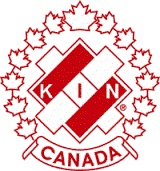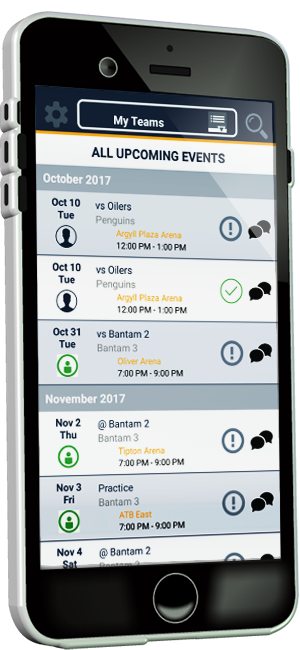In general, Little League baseball is open to boys and girls between the ages of 4-18, with differing divisions for age groups and sexes. From 1951-74, Little League baseball was only open to boys, but in 1974 the rules were revised to allow girls in the program. Thanks to Title IX!
It is a 501(c)(3) non-profit organization, founded in 1939, with the stated mission, "to promote, develop, supervise, and voluntarily assist in all lawful ways, the interest of those who will participate in Little League Baseball."
Little League baseball was granted a Federal Charter in the United States on July 16, 1964. See Title 36 of the United States Code.
Little League has three components: (1) administrative/service; (2) district; and (3) local Little League. No matter where you live or play ball, these three aspects of the organization are consistently represented.
The highlight of Little League Baseball is the world series, which is held annually in South Williamsport, Pennsylvania. Teams participate in state and regional elimination tournaments most of the summer, leading up to the World Series the middle of August.









